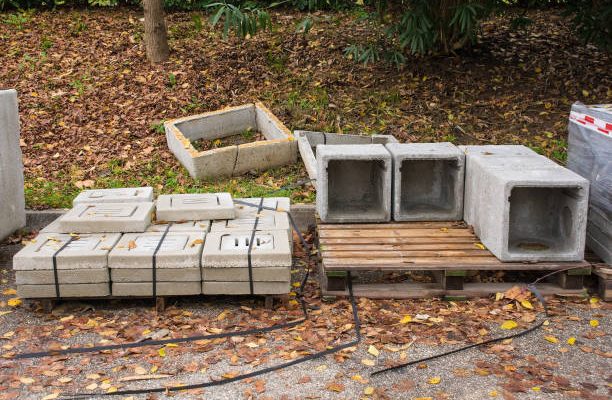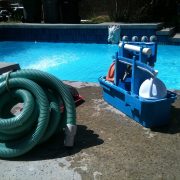Culverts are used in civil engineering to channel water beneath a roadway, railway, pathway, or another impediment. They are usually buried and covered by dirt. Spherical culverts, circular ditches, flat-bottomed culverts, almond culverts, and boxed culverts are just a few of the various forms and sizes available. Keep reading to learn more about concrete box culverts.
Box Culvert Defined
You will undoubtedly see concrete box culverts on your way to the store while transporting your children to and from school or on the route to or from work. There is a wide range of uses for prefabricated building box culverts in structural engineering and building.
They are indispensable for water holding capacity, stormwater drainage, service conduit, storage tanks, crosswalks, maintenance tunnels, spillways, crossings, access ways, and more. In terms of utility and cost, box culverts may represent the pinnacle of precast concrete offerings.
Types of Box Culverts
A wide range of box culverts is available in various construction and civil engineering projects. Three-sided, two-piece mid-seam and crown and base ditches, as well as four-sided box culverts, are all available.
Three-Faced Box Culvert
Most buildings with three sides are U-shaped. In order to preserve the integrity of organic riverbeds, small-span bridges are often constructed using a three-sided framework which may have a crowning in the middle. Usually, they come in conventional sizes ranging from 8 feet to 48 feet in length.
Culverts with three sides should always be installed in concrete. Like its four-sided cousin, the reinforced concrete culvert with a flat top on three sides does not necessitate fill and may support traffic.
Box Culvert with Four Sides
Box conduits are generally four-sided culverts made of concrete blocks. The four-sided box culvert is used for various applications, such as storage, excavations, short-span structures, and stormwater runoff, and is often made of concrete.
Uses of Box Culverts
In many building projects, precast concrete box culverts are the best option. Historically, they have been employed in the redirection of waterways. Whether they’re going under a highway or a train track, box culverts are built to meet standards and customer specifications.
New Roads and Highways
The use of box culverts is common in highway and road buildings. Constructing your culverts out of concrete is recommended to resist heavy vehicle traffic and harsh weather. The activity on roads and highways is not impeded by the water that passes through the box culverts. It also is possible to use them as an option for wildlife translocation.
Tunnels and Gates
A natural property of precast concrete is its resistance to flames. It’s the best option for a quick and secure underground exit from warehouses, factories, parking garages, malls, and stadiums. Regarding accommodating and sustaining subsurface utilities, prefabricated concrete box culverts are a great option.
Maintenance Works
Box culverts are also commonly used in utility projects. Tunnels like this are called trenches, used to transport utility lines like water and power. Occasionally, they transport communication cables like phone and cable TV wires. Utility tunnels are the way to go when it is too cold to bury utility wires safely.
Concrete Box Culverts, The Most Versatile Structural Product
Precast concrete has a low impact on the environment and a long service life—finally, precast concrete aids in sticking to a budget since it is less expensive than alternatives. As soon as they arrive on the job site, the precast concrete box culverts may be put in place, drastically shortening the installation period.
References:
http://www.boxculvert.com/general-information/
https://www.precastdrainage.co.uk/page/box-culverts-applications




















